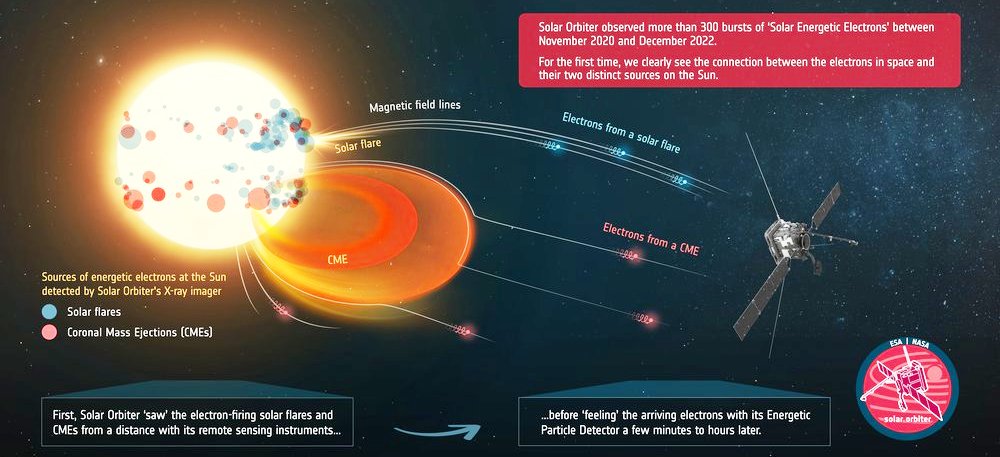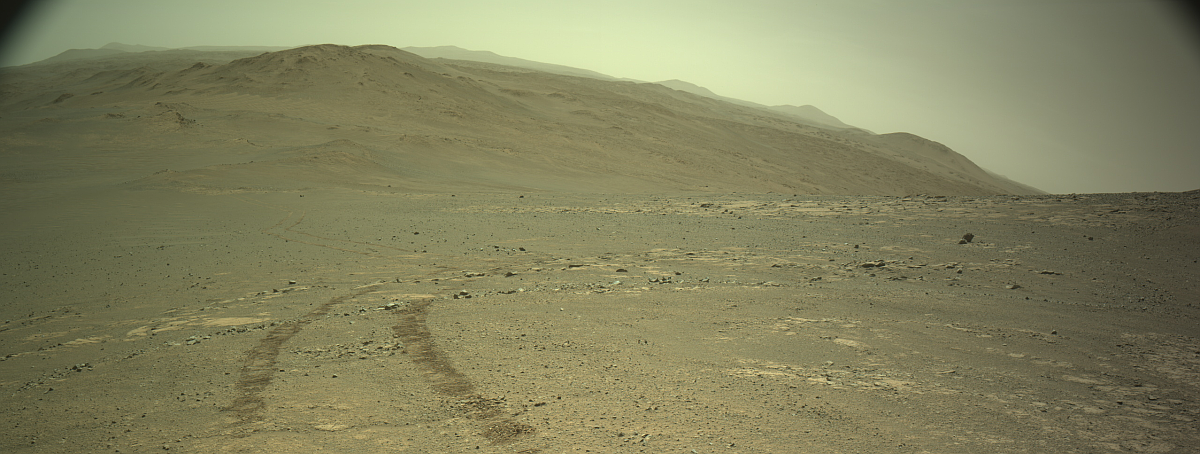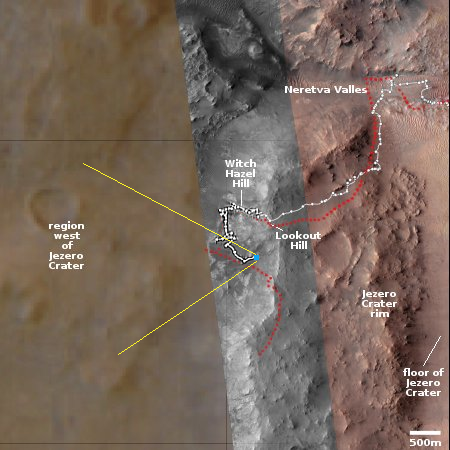A simple phone device for kids
A British company is selling a very simple phone device for young children that allows them to stay in contact with their parents, including GPS location, without giving them a touchscreen and any access to the web.
The Messenger, from London-based outfit Karri, is meant to help kids aged 5-13 become more independent, while giving their parents peace of mind. It’s designed entirely around voice messaging, so you can chat with your child one-on-one, or connect them with other family members in a group conversation.
This is actually the company’s second-generation Messenger with an improved design over the first from 2023. It features a dot matrix display, a speaker, and most importantly, a “slide to talk” button in the center. Slide it down to listen to a voice message you’ve just received, slide up and hold to record a reply, and short slide up to send it off.
Considering the increasing evidence that smartphones do real damage to kids during their development ages, this kind of option makes sense. So does a simple flip phone, but this device provides a simpler and more limited alternative.
A British company is selling a very simple phone device for young children that allows them to stay in contact with their parents, including GPS location, without giving them a touchscreen and any access to the web.
The Messenger, from London-based outfit Karri, is meant to help kids aged 5-13 become more independent, while giving their parents peace of mind. It’s designed entirely around voice messaging, so you can chat with your child one-on-one, or connect them with other family members in a group conversation.
This is actually the company’s second-generation Messenger with an improved design over the first from 2023. It features a dot matrix display, a speaker, and most importantly, a “slide to talk” button in the center. Slide it down to listen to a voice message you’ve just received, slide up and hold to record a reply, and short slide up to send it off.
Considering the increasing evidence that smartphones do real damage to kids during their development ages, this kind of option makes sense. So does a simple flip phone, but this device provides a simpler and more limited alternative.















